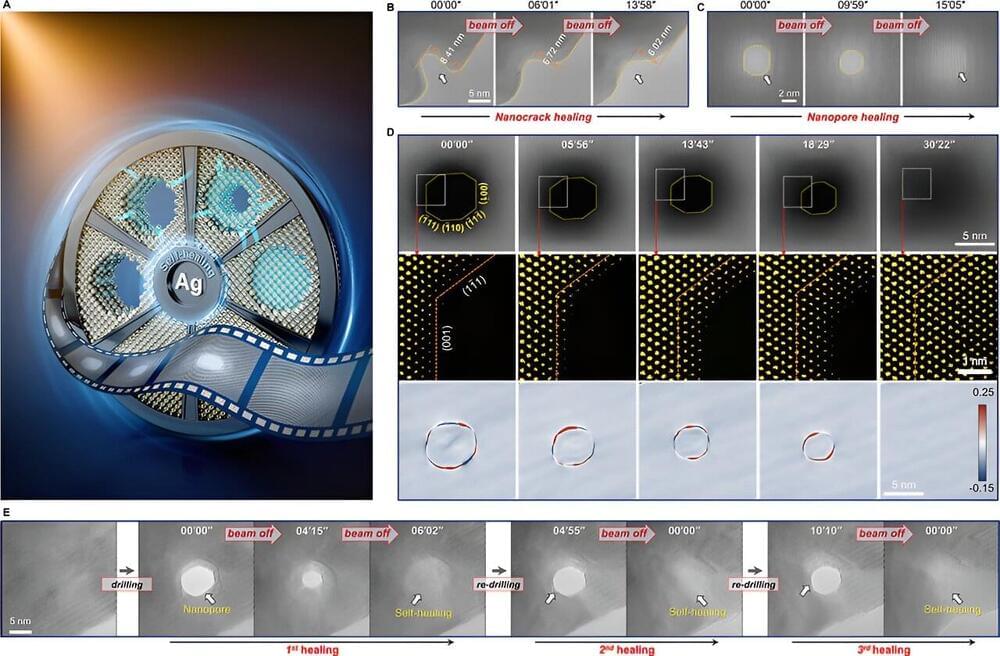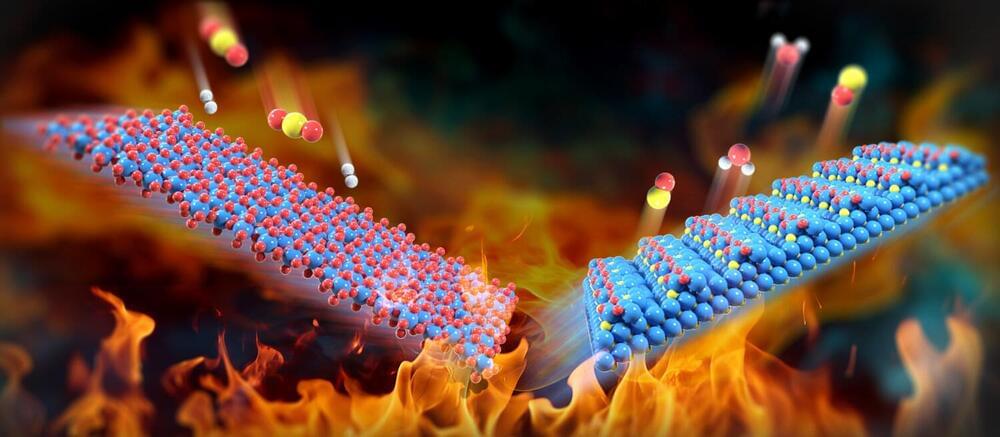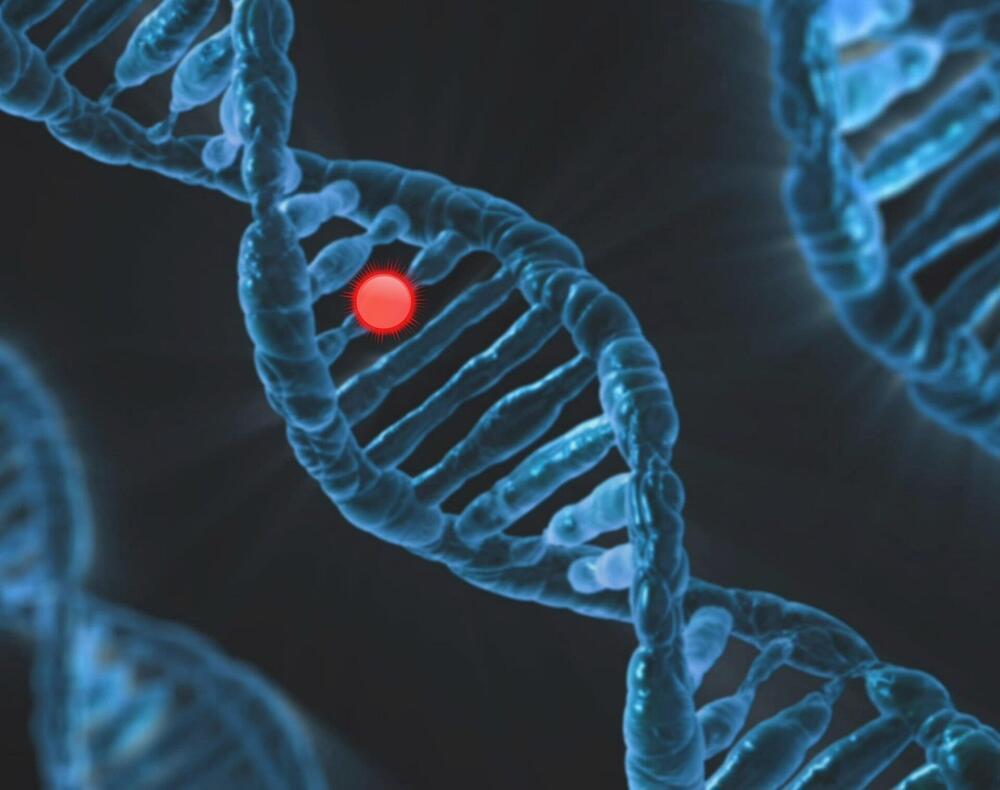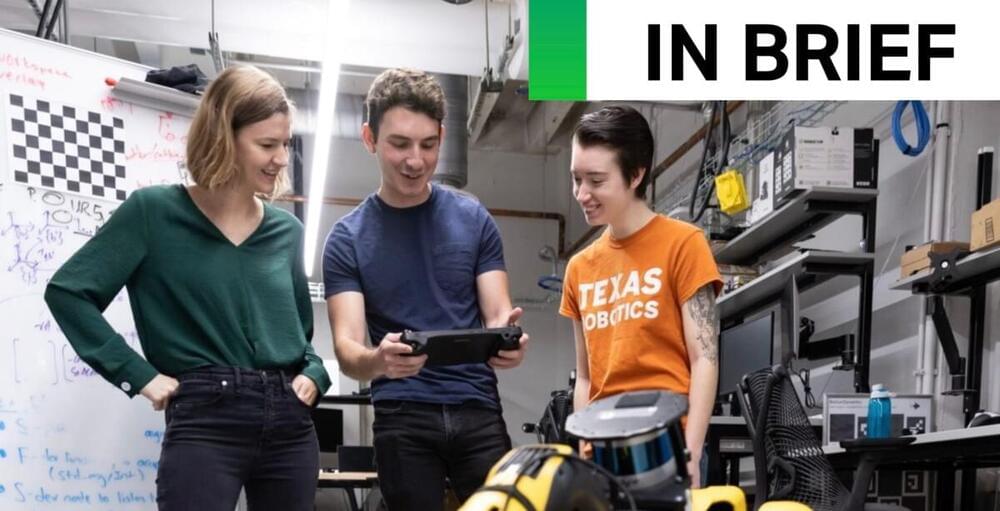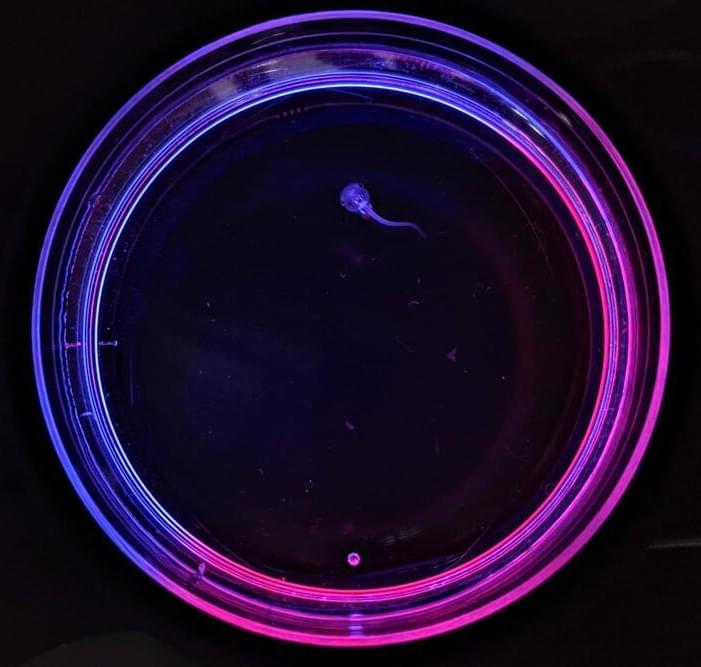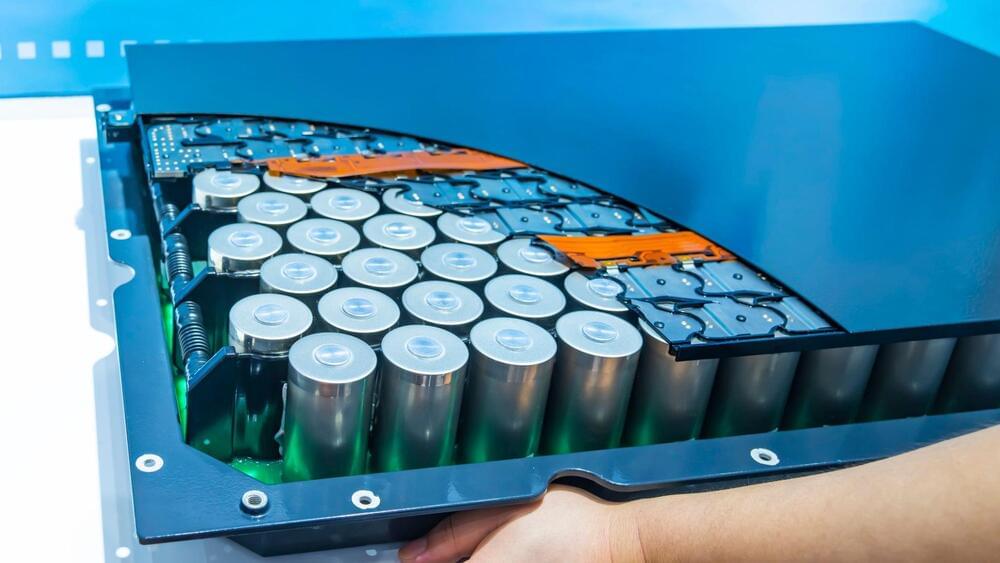But what if you’re a manufacturer without the budget, bandwidth or time to invest in advanced digital transformation right now? You can still take practical steps to move forward. Start with fundamental data collection and analytic tools to lay the groundwork. Leveraging visibility solutions like barcode scanning, wearables or other basic Internet of Things (IoT) devices can help monitor machines and provide insights and improvements.
Quality is the final piece of the equation. Once you’re further down the path to transformation, implement visibility solutions and augment and upskill workers with technology to optimize quality. To drive quality even further, add advanced automation solutions. You don’t have to boil the ocean on your digital transformation journey—take it one step at a time from wherever you’re starting.
Most manufacturers (87%) in Zebra’s study agree it’s a challenge to pilot new technologies or move beyond the pilot phase, yet they plan to advance digital maturity by 2029. With the right technology tools and solutions in place to advance visibility, augment workers and optimize quality, they will get there.

